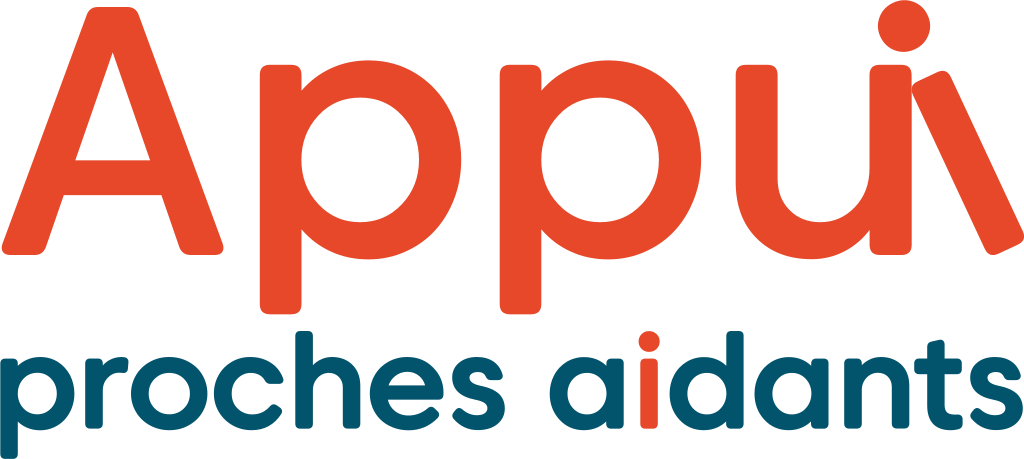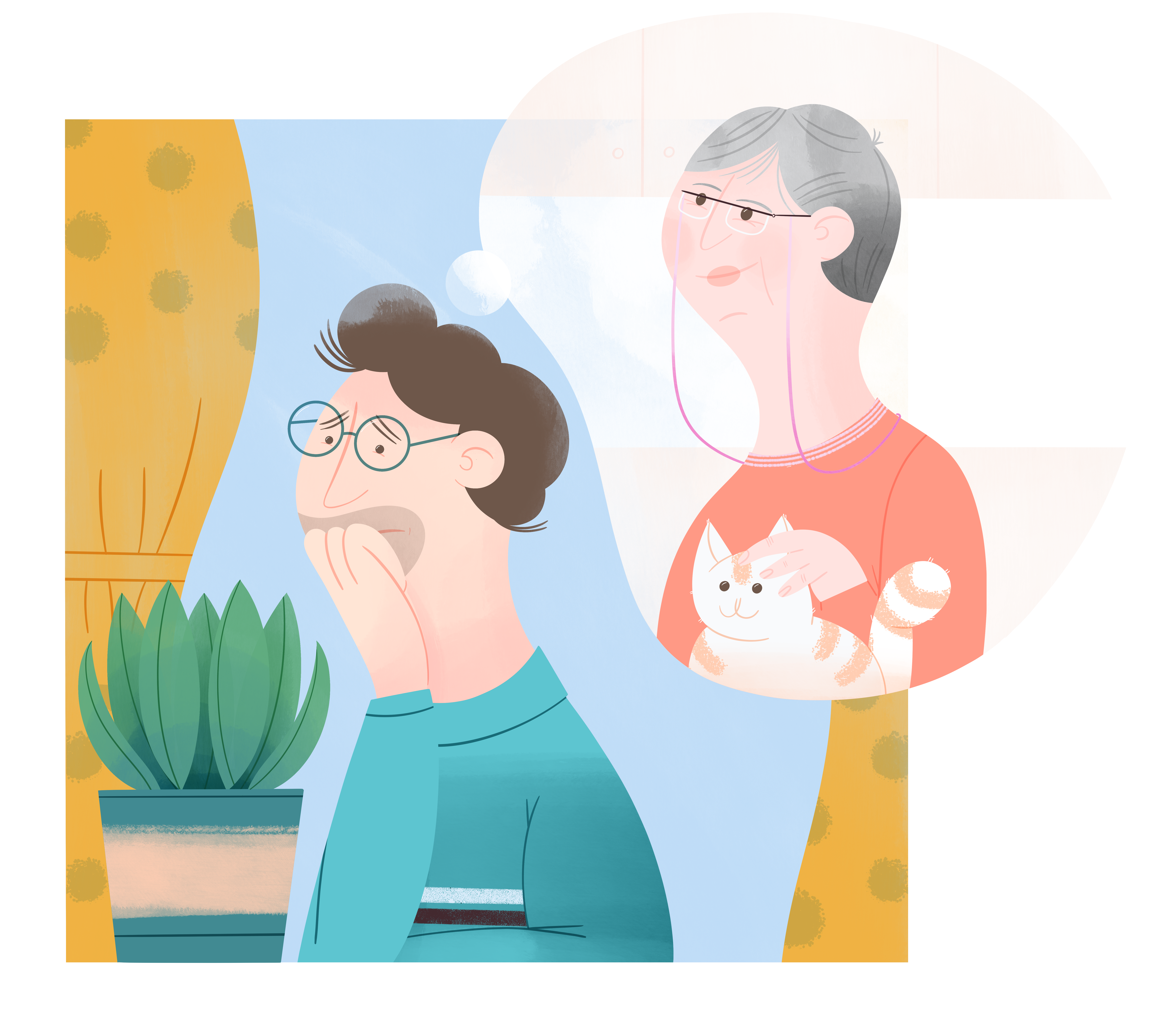Are you caring for a child, an adult or an elderly person with a visual impairment?
Here you’ll find information on the four main eye diseases. Also, find tips on how to access the services best suited to your needs, how to help without becoming burnt out, and how to maintain a good relationship with the person you care for who suffers from visual impairment.








